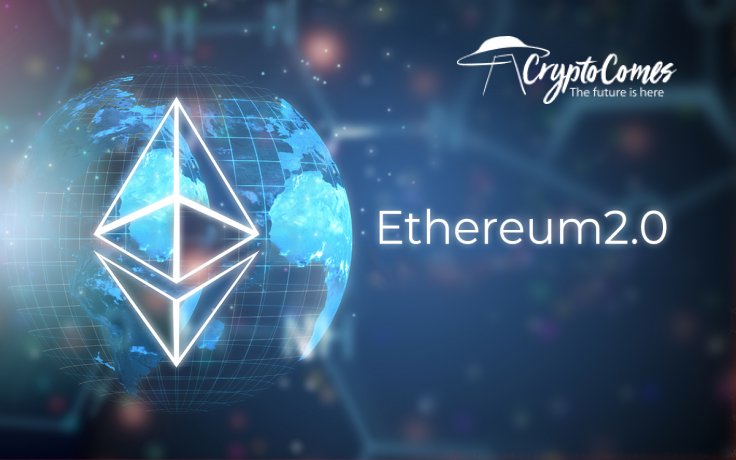The analyst claims that the Ethereum (ETH) ecosystem would benefit greatly from the potentially seamless interoperability between Ether and Ethereum-based tokens of the ERC-20 standard.
No Wrapping in Ethereum (ETH) 2.0
According to Mr. Cochran, Ethereum (ETH) 2.0 or its Proof-of-Stake (PoS) version of the Ethereum network, may add a purpose-built set of proxy commands. The new commands will let the new network natively interact with numerous ERC-20 tokens.

As a result, the Ethereum (ETH) mainnet will be seamlessly ERC-20 compliant. This in turn, will eliminate the need for wrapping Ethereum into wETH and other similar assets for their use in smart contracts.
Commentators below Cochran's tweet believe that this novelty would be extremely difficult to implement. For instance, Uniswap's v2 decentralized financial protocol just omitted wETH from its interface due to the same reasons.
Other experts suggest that developers should focus on the performance of multiple Ethereum-based stateful assets in ETH2. It will not only include ERC-20, but also ERC-721 (non-fungible tokens) and semi-fungible tokens.
Ethereum 2.0: Realm of Unique Opportunities
Ethereum (ETH) 2.0 or Serenity is a stage of Ethereum (ETH) network progress that replaces the Proof-of-Work (PoW) algorithm with the Proof-of-Stake one. That being said, ETH2 transactions will be validated by stakers, not by miners.
At press time, the minimum amount required to stake as ETH2 validator is 32 Ethers. With this sum and powerful computer, the staker can attest and confirm the transactions.
Ethereum (ETH) 2.0 will also implement sharding, i.e. its blockchain will be split up into numerous interconnected chains. The first period of its roll-out, Phase 0 or Beacon Chain, will launch in 2020. So, the stakers may start earning from their Ethers as early as this year.




